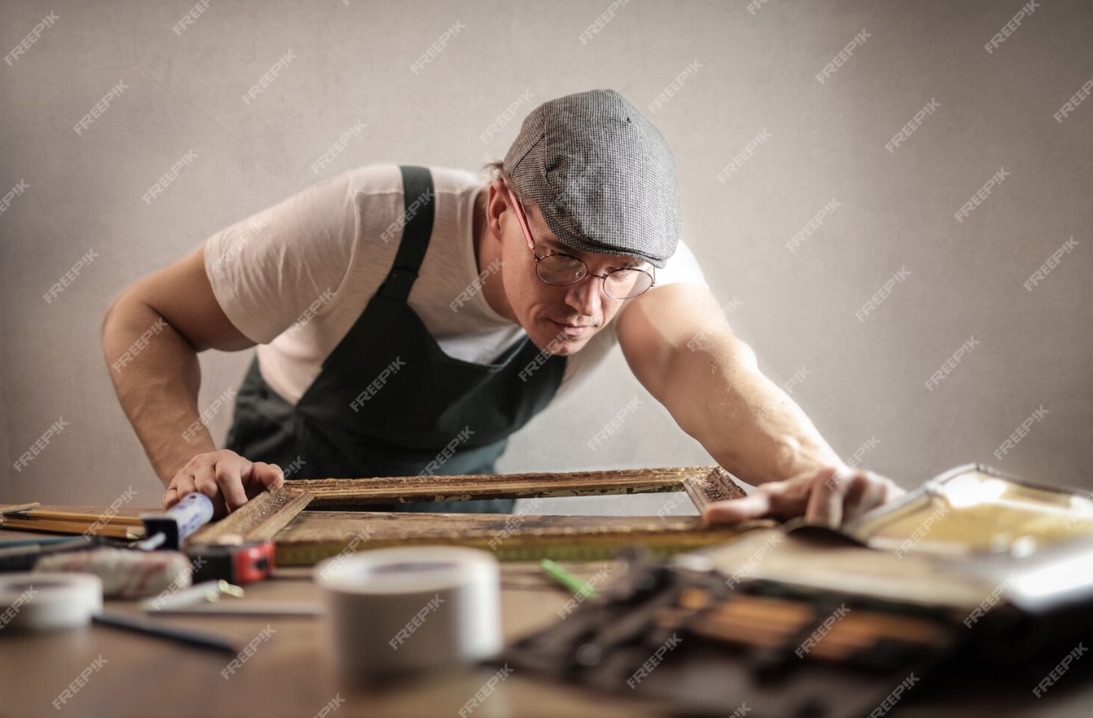Budget-Friendly Siding Tips – Siding is one of the most important elements of your home’s exterior, affecting both its appearance and durability. Whether you’re looking to replace old, damaged siding or simply refresh the look of your home, you don’t have to break the bank to achieve a beautiful, functional result. In fact, there are several budget-friendly siding tips that can help you enhance your home’s curb appeal while staying within your budget.

In this article, we’ll cover affordable siding options, smart installation tips, and ways to maximize the value of your investment. Whether you’re a DIY enthusiast or looking for cost-effective professional services, these tips will help you save money while achieving a stunning exterior.
1. Choose Affordable Siding Materials
The type of siding material you choose plays a significant role in determining the overall cost of your project. Fortunately, there are several budget-friendly siding options available that still offer great aesthetics and durability.
Vinyl Siding
One of the most popular and cost-effective choices for home siding is vinyl. Vinyl siding is affordable, low-maintenance, and available in a wide range of colors and styles. It’s also highly durable, resistant to fading, and won’t rot or warp like wood siding. Vinyl is often the go-to option for homeowners looking for budget-friendly siding that can stand the test of time.
Cost-saving tip: Opt for horizontal vinyl panels, as they tend to be more affordable than vertical ones. Additionally, consider buying in bulk to take advantage of discounts.
Fiber Cement Siding
If you prefer the look of wood siding but want a more affordable and durable option, fiber cement siding is an excellent alternative. Made from a mixture of cement, sand, and cellulose fibers, fiber cement offers the same aesthetic appeal as wood without the high price tag. It’s also fire-resistant and pest-resistant, making it a long-lasting choice for your home.
Cost-saving tip: Choose pre-painted fiber cement siding to save on the cost of painting. Many manufacturers offer affordable pre-painted options that are low-maintenance and ready to install.
Engineered Wood Siding
For a natural wood look at a lower price, engineered wood siding is a great choice. Unlike traditional wood siding, engineered wood is made from wood fibers combined with resins, making it more affordable and durable. It’s also more resistant to moisture and pests, reducing the need for constant maintenance.
Cost-saving tip: Choose engineered wood panels over solid wood planks, as they are often less expensive and easier to install.
2. Consider DIY Siding Installation
One of the easiest ways to save money on your siding project is by doing the installation yourself. While it might sound like a daunting task, DIY siding installation is achievable with the right tools, materials, and patience.
Why DIY?
Hiring professional contractors can add significant labor costs to your siding installation, sometimes accounting for half or more of the total project cost. By doing the job yourself, you can cut these expenses and invest more in high-quality materials. Additionally, the satisfaction of completing the project on your own can be incredibly rewarding.
Cost-saving tip: Invest in a nail gun and measuring tools to make the process faster and more accurate. These tools will help you work more efficiently, ensuring your siding is installed properly.
DIY Installation Tips:
- Plan and Prepare: Take accurate measurements of your home’s exterior to ensure you buy enough siding. Overestimating or underestimating the amount of material you need can result in wasted money.
- Safety First: Always prioritize safety by wearing proper protective gear, such as gloves, safety glasses, and a helmet. Using a ladder properly is also crucial when working at height.
- Take Your Time: Rushing the installation process can lead to mistakes, which could result in additional costs down the line. Take your time to do each step correctly for the best results.
3. Reuse or Repair Existing Siding
In some cases, you may not need to replace all of your siding. If your existing siding is still in good condition but needs some repairs, this can be a more budget-friendly option.
Repairing Existing Siding
If only certain sections of your siding are damaged, consider repairing those areas rather than replacing the entire wall. For instance, if you have vinyl siding, you can easily replace damaged panels without removing the entire structure. Similarly, wood or fiber cement siding can often be patched and painted to restore its appearance.
Cost-saving tip: Focus on repairing sections of siding that are visibly damaged, such as those affected by rot, holes, or discoloration. A fresh coat of paint can also help bring old siding back to life, improving its overall appearance.
Reusing Siding
If you’re replacing old siding with a new material, consider reusing some of the existing materials in non-visible areas, such as the back of the house or on your garage. This can help you save money on materials while still upgrading the exterior of your home.
4. Optimize Siding Maintenance for Longevity
If you want to get the most value out of your siding, it’s important to maintain it properly. Regular maintenance will extend the life of your siding and help avoid costly repairs or replacements.
Routine Cleaning
No matter the type of siding you choose, regular cleaning will prevent dirt, mold, and mildew buildup, which can degrade the material over time. Use a soft brush, water, and mild detergent to clean your siding at least once a year.
Cost-saving tip: For vinyl and metal siding, you can clean with a garden hose and a brush instead of hiring a professional cleaning service. For more delicate materials like wood, opt for a gentle power washer with a low-pressure setting.
Sealing and Painting
To further protect your siding, apply a protective sealant or fresh coat of paint. This is especially important for wood and fiber cement siding, which can deteriorate over time if not maintained.
Cost-saving tip: Opt for DIY painting if you’re working with wood or fiber cement siding. Choose a high-quality exterior paint that will last for years and provide additional protection against the elements.
5. Take Advantage of Seasonal Discounts and Sales
Another way to save money on siding is by timing your purchase strategically. Many siding manufacturers offer discounts and sales during certain times of the year, such as end-of-season or holiday sales.
Look for Promotions
Before buying materials, keep an eye out for seasonal promotions or discounts from local home improvement stores or online suppliers. You may be able to purchase siding at a reduced price, saving you a substantial amount on the project.
Cost-saving tip: Plan your siding project during the off-season, such as fall or winter, when suppliers may offer lower prices to clear out inventory. This can be a great way to get quality materials at a lower cost.
6. Hire a Contractor Wisely
If you’re not up for a DIY project, hiring a contractor is still an option. However, it’s essential to choose the right professional to get the best value for your money.
Get Multiple Quotes
Before hiring a siding contractor, obtain quotes from at least three different companies to compare prices and services. Make sure to ask about additional costs, such as labor, permits, and disposal fees.
Cost-saving tip: Consider hiring a local contractor, as they may offer lower labor rates compared to larger national companies. Additionally, local contractors may be more flexible in negotiating prices.
Conclusion: Achieve a Beautiful Home Exterior on a Budget
Upgrading your home’s siding doesn’t have to come with a hefty price tag. By following these budget-friendly siding tips, you can save money while improving the appearance, durability, and energy efficiency of your home. Whether you choose affordable materials, tackle the project yourself, or make small repairs, there are plenty of ways to achieve a beautiful, long-lasting exterior without overspending.
Remember to plan ahead, look for discounts, and maintain your siding regularly to ensure your investment continues to pay off for years to come. Happy siding!
